Book Reviews
About Andrew Cusack
 Writer, web designer, etc.; born in New York; educated in Argentina, Scotland, and South Africa; now based in London.
Writer, web designer, etc.; born in New York; educated in Argentina, Scotland, and South Africa; now based in London. read more
News
Blogs
Reviews & Periodicals
Arts & Design
World
France
Mitteleuropa
Knickerbockers
Argentina
The Levant
Africa
Cape of Good Hope
Netherlands
Scandinavia
Québec
India
Muscovy
Germany
Academica
Christmas Book List 2022
A reading list for the festive season
Instead, I will give an actual Christmas book list — namely, a list of books I intend to read this Christmas, snuggled up in whatsoever sufficient level of coziness I manage to achieve.
If you want to read a partial selection of books I’ve already finished reading, there is a Twitter thread you can consult (though, naturally, it doesn’t list everything).
But here are the eight books I’m looking forward to devouring.
Thomas Pink is now Emeritus Professor of Philosophy at King’s College London but he is no less busy since he has several volumes either to write or to edit on his to-do list. As a natural polymath with many interests, Tom is one of the best book-recommenders I have the privilege of knowing.
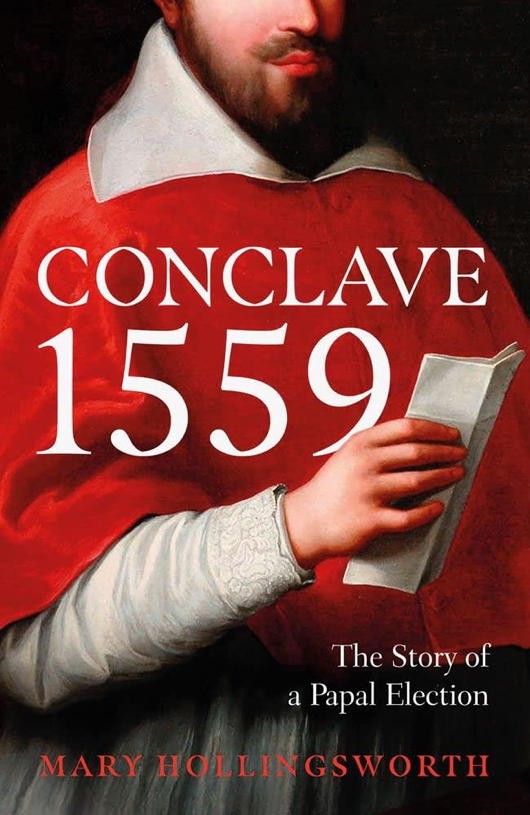 Last time we had a drink he put forward Mary Hollingsworth’s Conclave 1559: Ippolito d’Este and the Papal Election of 1559. It’s the only one on my Christmas reading list I’ve already jumped right into, and it’s excellent so far.
Last time we had a drink he put forward Mary Hollingsworth’s Conclave 1559: Ippolito d’Este and the Papal Election of 1559. It’s the only one on my Christmas reading list I’ve already jumped right into, and it’s excellent so far.
This is a period of European (and world) history I’ve not devoted any great study to, so Hollingsworth’s accounts almost attains the level of a political thriller. She’s skilled at combining archival research with an eye for the enlightening detail, which makes Conclave 1559 an enjoyable read.
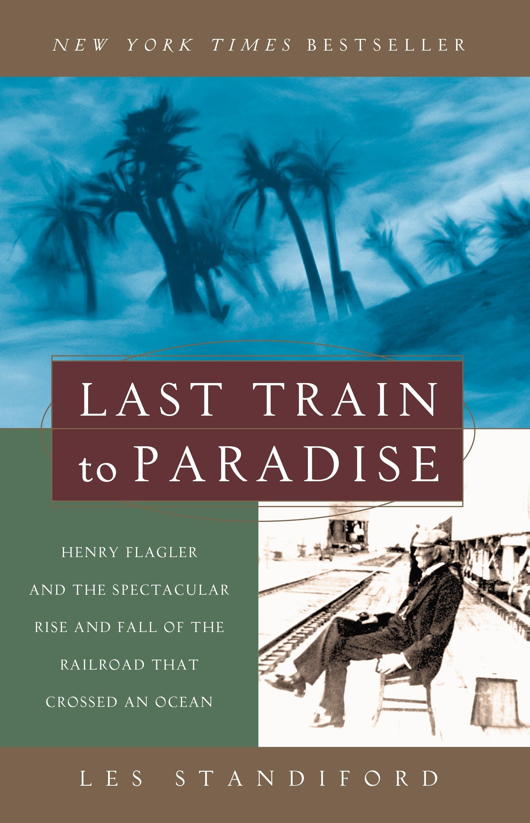 Another history on my list is Last Train to Paradise: Henry Flagler and the Spectacular Rise and Fall of the Railroad That Crossed an Ocean by Les Standiford. As a child visiting the colonial city of St Augustine in Florida I remember seeing some of the extraordinary Spanish revival buildings Henry Flagler erected as part of his rail-and-hotel conglomerate.
Another history on my list is Last Train to Paradise: Henry Flagler and the Spectacular Rise and Fall of the Railroad That Crossed an Ocean by Les Standiford. As a child visiting the colonial city of St Augustine in Florida I remember seeing some of the extraordinary Spanish revival buildings Henry Flagler erected as part of his rail-and-hotel conglomerate.
Florida as we know it today was practically invented over a century ago when Flagler built his Florida East Coast Railway to bring northerners down to the Sunshine State. From 1905 to 1912 he managed a feat of engineering by extending the line across the Florida Keys.
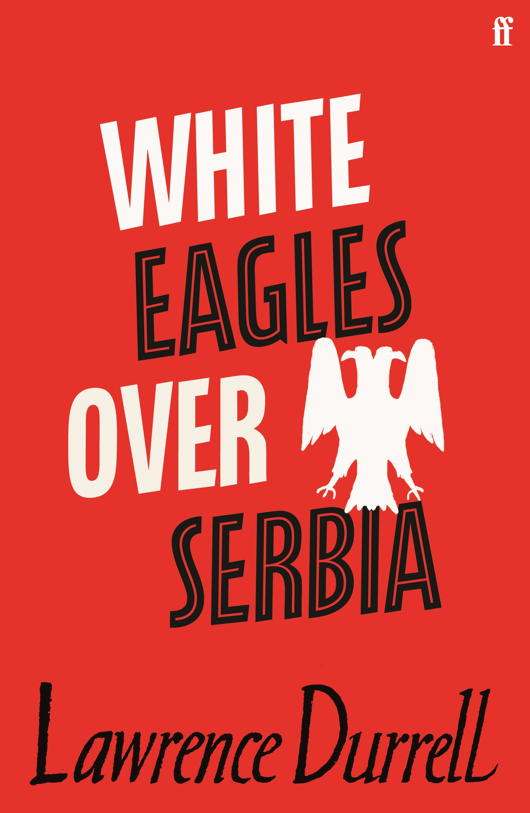 Lawrence Durrell, despite never being a UK citizen thanks to quirks of Indian birth and bureaucracy, spent a few spells of his life working for the British diplomatic service. He’s most famous for his ‘Alexandria Quartet’, but it is White Eagles Over Serbia — a tale of a British agent caught between communists and royalists in post-war Yugoslavia — that has made it to my festal reading list.
Lawrence Durrell, despite never being a UK citizen thanks to quirks of Indian birth and bureaucracy, spent a few spells of his life working for the British diplomatic service. He’s most famous for his ‘Alexandria Quartet’, but it is White Eagles Over Serbia — a tale of a British agent caught between communists and royalists in post-war Yugoslavia — that has made it to my festal reading list.
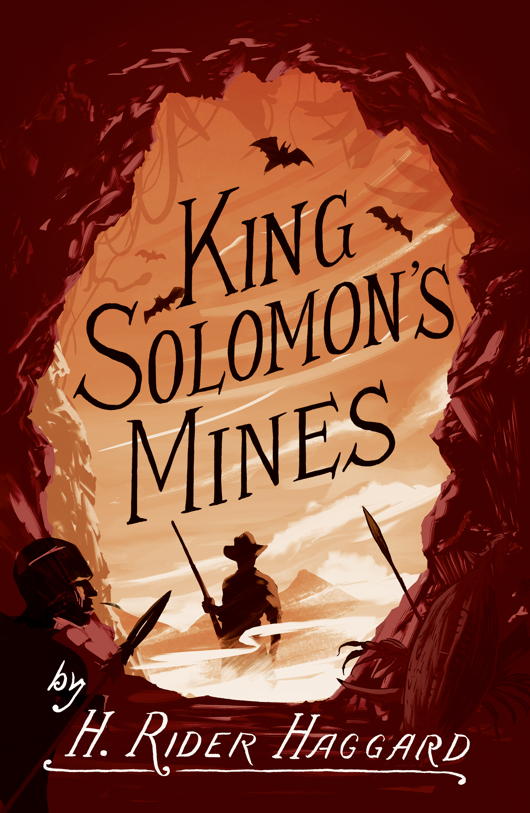 Exotic tales of derring-do were the stock in trade of Sir H. Rider Haggard, but I have to admit I’ve never read anything by this popular Victorian/Edwardian writer.
Exotic tales of derring-do were the stock in trade of Sir H. Rider Haggard, but I have to admit I’ve never read anything by this popular Victorian/Edwardian writer.
Rectifying this error, King Solomon’s Mines is on my Christmas pile (though I was tempted by She as well).
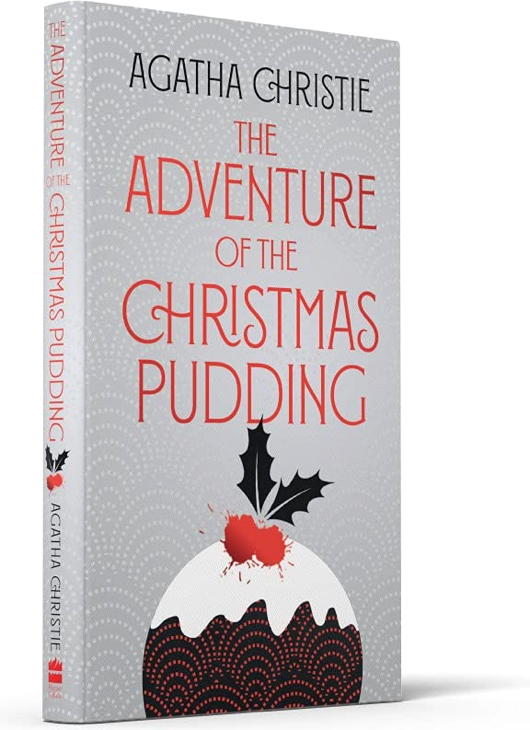 I love a good detective novel, and the undoubted Queen of Mystery is Dame Agatha Christie. The Adventure of the Christmas Pudding is a collection of short stories including both Miss Marple and Hercules Poirot.
I love a good detective novel, and the undoubted Queen of Mystery is Dame Agatha Christie. The Adventure of the Christmas Pudding is a collection of short stories including both Miss Marple and Hercules Poirot.
In case I don’t get my fill of ze little grey cells I’ve grabbed a copy of Hercule Poirot’s Christmas as well.
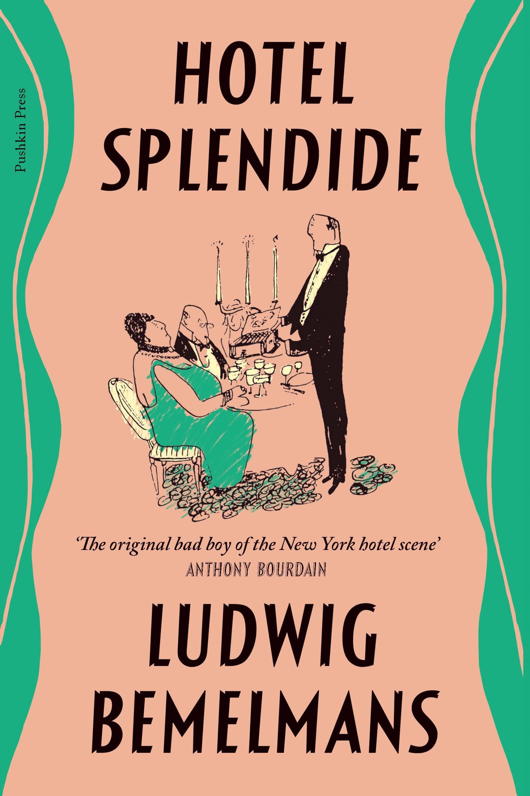 A trip back to my Heimat of New York is provided by Ludwig Bemelmans’ Hotel Splendide. More famous for creating the Madeleine series of children’s books, Bemelmans immigrated to America before the First World War, volunteered for the U.S. Army, and worked at several hotels and restaurants. These latter experiences resulted in this comic novel about life behind the scenes in a swish Manhattan hotel.
A trip back to my Heimat of New York is provided by Ludwig Bemelmans’ Hotel Splendide. More famous for creating the Madeleine series of children’s books, Bemelmans immigrated to America before the First World War, volunteered for the U.S. Army, and worked at several hotels and restaurants. These latter experiences resulted in this comic novel about life behind the scenes in a swish Manhattan hotel.
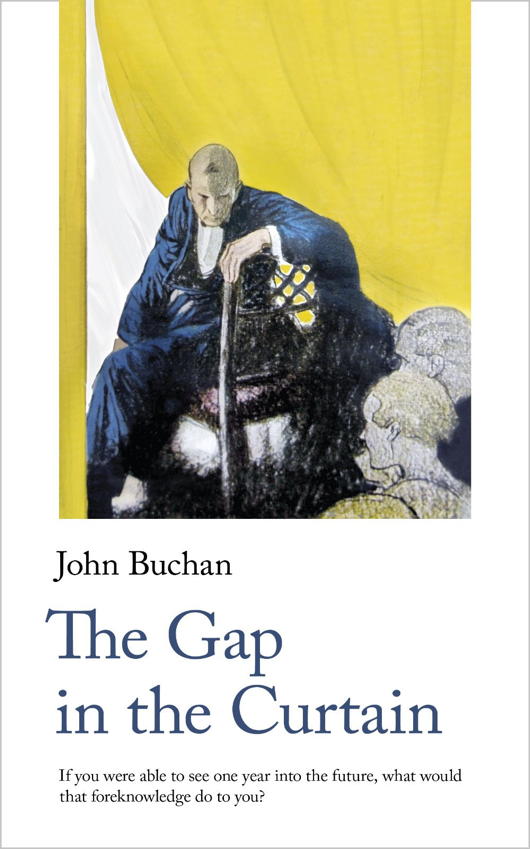 Having been previously introduced to the character of Sir Edward Leithen, I thought it might be worth catching up with him in John Buchan’s The Gap in the Curtain.
Having been previously introduced to the character of Sir Edward Leithen, I thought it might be worth catching up with him in John Buchan’s The Gap in the Curtain.
The Scots barrister and Tory MP is introduced to a brilliant physicist and mathematician who explains his theory on the workings of time and the cryptic ability to see into the future. Buchan is a reliable storyteller with admirable instincts, though this series of stories veers into the realms of science fiction.
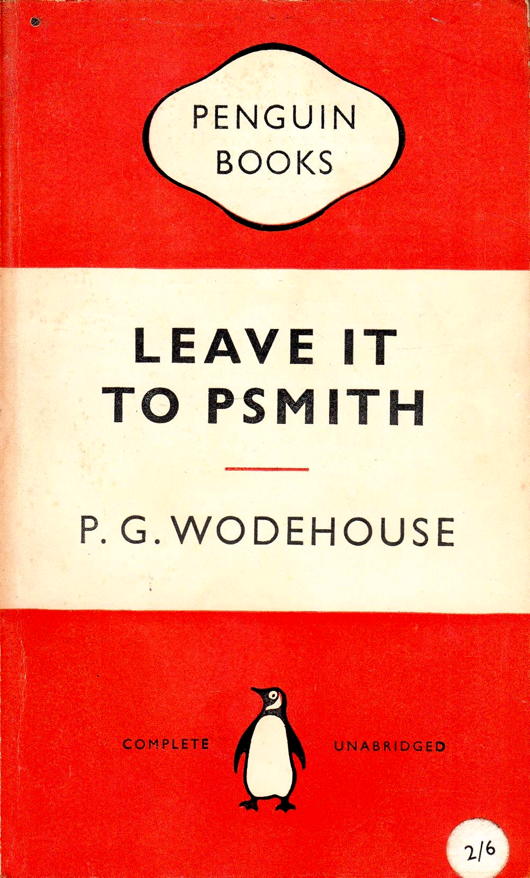 But Christmas is a light-hearted time, and so my Christmas reading list finishes with a visit to Blandings Castle thanks to Sir Pelham Grenville Wodehouse’s Leave it to Psmith.
But Christmas is a light-hearted time, and so my Christmas reading list finishes with a visit to Blandings Castle thanks to Sir Pelham Grenville Wodehouse’s Leave it to Psmith.
The ‘p’, of course, is silent — “like in ‘pshrimp’”.
The Dawn of Da’esh
Patrick Cockburn, 192 pages, £9.99 (Verso Books, London)
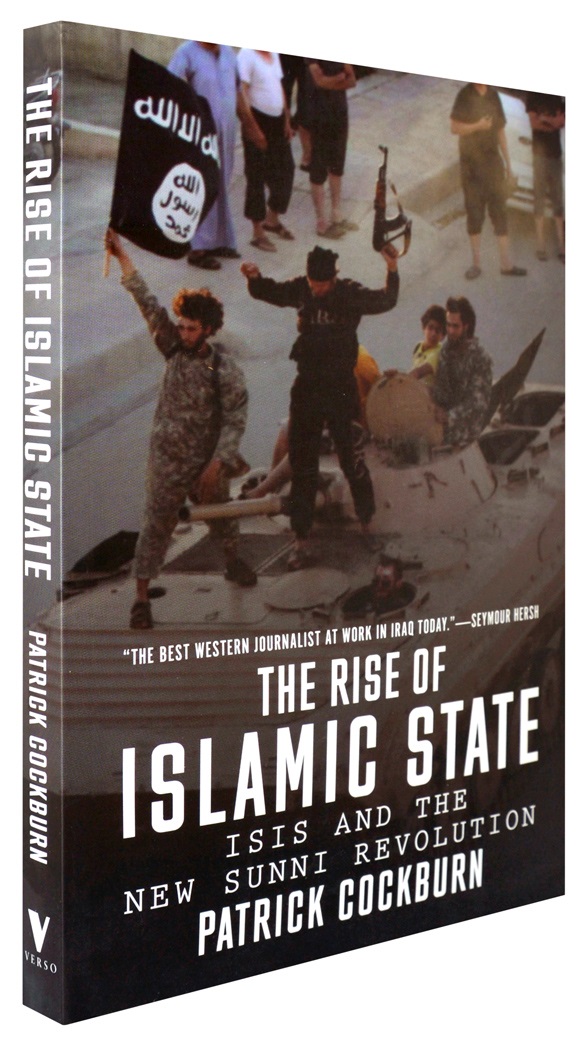 words that flow confidently off the page and exude a sense of first-hand knowledge and on-the-ground insight, it’s easy to see how Patrick Cockburn has attained his reputation amongst those in the know as the foremost and most authoritative Western correspondent in the Middle East today. The Rise of Islamic State: ISIS and the New Sunni Revolution (Verso Books, February 2015) attempts to sketch out the meteoric rise of the soi-disant caliphate’s black-clad gunmen and the factors which have facilitated it. This is no easy task, and while Cockburn does not quite achieve it, his effort is deeply informative—it is hard to imagine anyone could do better than he has in relaying the astounding complexity of the situation in Iraq and Syria today.
words that flow confidently off the page and exude a sense of first-hand knowledge and on-the-ground insight, it’s easy to see how Patrick Cockburn has attained his reputation amongst those in the know as the foremost and most authoritative Western correspondent in the Middle East today. The Rise of Islamic State: ISIS and the New Sunni Revolution (Verso Books, February 2015) attempts to sketch out the meteoric rise of the soi-disant caliphate’s black-clad gunmen and the factors which have facilitated it. This is no easy task, and while Cockburn does not quite achieve it, his effort is deeply informative—it is hard to imagine anyone could do better than he has in relaying the astounding complexity of the situation in Iraq and Syria today.
Much of the novelty of ISIS lies in the suddenness of their appearance and the continuous string of victories they have amassed. Cockburn is quick to point out that much of this is propaganda: ISIS has been a player in the region for years, but mostly as an authorised bin Laden franchise founded by the Jordanian Abu Musab al-Zarqawi and under the name of Al-Qaeda in Iraq. Following al-Zarqawi’s death, the Sunni jihadist group transformed into the Islamic State in Iraq and proclaimed its new leader Abu Bakr al-Baghdadi the ‘emir’, expanding operations into Syria by 2013.
Despite numerous successful terrorist attacks and assassinations, it is the capture of Mosul in June 2014 which Cockburn singles out as the start of ISIS as the phenomenon we are experiencing today. This stellar rise has yet to prove fully meteoric in the sense that, while their onward march has ground to a halt at Kobane, ISIS has stubbornly refused to burn out and fade away. This has been contingent upon an alignment of factors which might be oversimplified into three: the endemic corruption of the Iraqi state, the astounding stupidity of Western powers, and the entrenched sectarianism of Iraqi society.
As one of the most central institutions of the state, the melting-away of the Iraqi Army’s resistance to ISIS has been crucial. It is difficult to overestimate the vast scale of corruption in the Army. Military units often include large numbers of troops that exist only on paper. Command of a division comes with a high pricetag. Having borrowed the money to pay for it, divisional commanders then require steady income streams to pay back the loan. Setting up roadblocks to extort money from travellers is an easy task for an armed force, but the possibilities are numerous.
A retired Iraqi general tells Cockburn the rot first set in when, in 2005, the Americans demanded the Iraqi Army outsource food and logistical supply:
“A battalion commander was paid for a unit of 600 soldiers, but had only 200 men under arms and pocketed the difference, which meant enormous profits.”
In Mosul, Cockburn points out, only one in three of the soldiers meant to be there were physically present, the rest having payed up to half their salaries to be on permanent leave.
Endemic corruption of this kind has been fostered by the complacency of the governing elite. A Turkish businessman was ruffled when a local ISIS leader demanded $500,000 per month in protection money. “I complained again and again to the government in Baghdad,” he relates to Cockburn, “but they would do nothing about it except to say that I should add the money I paid to al-Qaeda to the contract price.” Such an attitude hardly inspires confidence in the state.
As ISIS gained ground across Iraq, the Baghdad elite seemed only to increase its insularity, acting as if nothing was wrong. “When you speak to any political leader in Baghdad,” an ex-minister says, “they talk as if they had not just lost the country.”
“ISIS,” Cockburn points out, “are experts in fear.” YouTube has been deployed with a methodical exactness towards this end. The talking heads who’ve preached the gospel of new media as breaking down barriers and leading to an immanent global liberation have plainly failed to grasp that these new forms of communication can be expertly employed by forces intrinsically opposed to their vision of a liberal utopia.
While the Shi’ites have long been in the majority, the Sunnis were top-dog under Saddam, widely favoured and occupying places of power and authority. With Saddam toppled and democratic elections now forming the basis of the state’s legitimacy, the numerical strength of the Shia has handed the state to Shi’ite political forces fearful of a return to the old days. When Sunnis complain of violence, intimidation, and discrimination at the hands of the Shia-dominated government in Baghdad, Shi’ites don’t see the Sunnis as reacting to oppression but as plotting a return to their former dominance.
This de-legitimisation of the official state in the eyes of Sunni Iraqis has provided the space in which the zealous ISIS has come to the fore. Where ISIS rules it is widely unpopular – in a country of smokers, Cockburn notes, they have demanded bonfires of cigarettes in captured towns – but too many of ISIS’s enemies are opposed to all Sunnis, not just ISIS. This means Sunnis opposed to ISIS have no one to turn to for protection or support. All too many have calculated that enforced piety and oppression from ISIS are preferable to being murdered by Shia militiamen in police uniforms just for being Sunni.
But one of the most influential factors in the rise of the Islamic State in Iraq has been events in neighbouring Syria. Shifting his aim westwards, Cockburn provides analysis of events that is both illuminating and frustrating. The interference of external powers in Syria, whether Middle-Eastern or Western, has had catastrophic and usually counter-productive effect. In the midst of a supposed ‘global war’ on Islamic terror, the logic of toppling yet another bastion of Ba’athist-style dictatorial secularism in the region is murky. Encouraging a Sunni uprising in Syria without foreseeing a knock-on effect in neighbouring Iraq also strikes Cockburn as particularly naive.
The vitality of continued opposition to Assad by the US-led Western powers and by states in the region is astonishing – almost satanic. The United States happily allied itself with the most murderous force in the twentieth century – the USSR – in order to defeat the more pressing evil of Nazi Germany. And yet the exponentially milder Assad regime is somehow considered totally untouchable – or ‘haram’ as the locals of the region might say. It was only twenty-odd years ago Syrian troops were fighting as part of the US-led coalition in the First Gulf War. The transformation since then is inexplicable (and, with his hands already full, Cockburn does not attempt to offer any insight into this).
Despite the severity of the civil war being waged in Syria, the West has demonstrated openly and brazenly that it is more interested in eliminating Assad than ending the war. As Cockburn frequently points out, Assad has continuously been in control of all but two regional capitals in Syria, yet the United States says he can’t even have a place at the negotiating table unless he agrees to give up power. That’s not a pre-condition: it’s a repudiation. Failed politicians in this part of the world don’t retire to bank boards and book deals like in the West – more often their bloodied corpses are dragged from their palaces by a mob of well-orchestrated ferocity. (The victors’ justice of Saddam’s execution is a rare example that tests the rule.)
Laying the Assad-must-go precondition is a bold statement by Western powers that they grant zero priority to ending the war. Despite all their high-minded liberal humanitarian cover talk, it’s simply not on the agenda: Power is the only thing.
Despite the unsurprisingly depressing subject matter, the author is persuasive in his clear and cogent writing. This book—and Cockburn’s reporting more generally—is helpful both to those with some familiarity with the region and total novices in deepening one’s understanding of a situation that defies adjectives.
As bombs were falling on Libya, Cockburn pointed out the jihadist nature of many of the rebel groups in the north African country, only to be confronted by an American reporter: “Just remember who the good guys are.” For those looking to avoid the Manichean oversimplifications we are too often fed, this book is a welcome and insightful reprieve.
Secret Splendor
by Andrew Cusack (Weekly Standard, 13 September 2010)
Paintings for the Catholic Church in the Dutch Republic
by Xander van Eck
Waanders, 368 pp., $100
This book is the first major overview and exploration of the art of the clandestine Roman Catholic churches in the Netherlands. It is not a study of paintings so much as a history in which art is like the evidence in a detective story, or perhaps even the characters in a play. It might seem extraordinary that there was a place for large-scale Catholic art during the Dutch Republic: Pre-Reformation churches had been confiscated and were being used for Calvinist services, while priests offered the Mass secretly in makeshift accommodations. Eventually a bargain between Dutch Catholics and the civil authorities emerged, trading Catholic nonprovocation in exchange for private toleration of the practice of the faith. Catholics began to purchase properties which, for all outward appearances, maintained the look of ordinary residences but whose interiors were transformed into resplendent chapels and churches.
Xander van Eck provides verbal portraits (often accompanied by contemporaneous painted ones) of several of the important clerics of the Dutch church during this period: Sasbout Vosmeer, the Delft priest influenced by St. Charles Borromeo; Philippus Rovenus, the vicar-apostolic who placed greater emphasis on clandestine parishes having specially dedicated churches, even while they kept an outward unecclesiastical appearance; and Leonardus Marius, the priest who promoted devotion to the 14th-century Eucharistic “Miracle of Amsterdam.” Marius was of such prominence that, after his death, shopkeepers rented out places on their awnings for punters to view his funeral procession. Van Eck includes a handful of amusing asides, such as the expulsion of the Jesuits from the Netherlands as a result of their constant discord with the secular clergy. Mass continued to be offered at the Jesuit church of De Krijtberg in Amsterdam “in the profoundest secrecy” — thus creating a clandestine church within a clandestine church!
The role of the clergy in sustaining the Dutch Church is unsurprising, but it is instructive to learn how instrumental laity were to keeping alive the light of Catholic faith in the Netherlands at the time. Clandestine churches relied on the generosity of Catholic families. Prominent families often provided their own kin as consecrated virgins who brought large dowries into the church, or as priests with suitable inheritances to maintain or endow clandestine parishes. The clandestine church of ’t Hart in Amsterdam, built by the merchant Jan Hartman for his son studying for the priesthood, is still open today as the Amstelkring Museum and Chapel of “Our Lord in the Attic.”
While van Eck explores the extent to which Dutch art from the period followed European norms, an emphasis on the particularity of the art of the clandestine church is to be expected. The sheer volume of art produced during this period — for just three Amsterdam churches alone there were 16 altarpieces — is partly explained by the phenomenon of “rotating altarpieces.” The paintings above the altar would be changed according to the feast or season — a practice sometimes seen in Flanders or parts of Germany but never nearly so widespread as in the Netherlands proper.
Constrained as clandestine churches were on the narrow plots typical of Dutch cities, there was no room for side chapels that might include the large funerary monuments prominent families would construct. This left altarpieces as the most convenient way for munificent Catholics to provide art for their churches: Rotating the altarpieces provided a handy way of displaying numerous commissions rather than just the donation of whoever had been generous most recently, and the themes of these commissions tended to vary in appropriateness to different feasts and seasons.
Some found fault with this method: Jean-Baptiste Descamps, visiting Antwerp in 1769, complained that the most interesting altarpieces were not permanently displayed and were more likely to be damaged in the process of being moved so often.
While the accomplishment and ingenuity of Dutch Catholics in keeping their faith during the Republic was striking, the ill-defined administrative structure of the persecuted church allowed conflicts between clerics to thrive, and doctrinal disputes emerged and festered. The disputes over Jansenism that swept over France and the Netherlands, for example, only exacerbated the administrative problems of the clandestine church. Like their Calvinist compatriots, the Jansenists tended to frown on indulgences, the veneration of saints, recital of the rosary, and private acts of worship, putting greater emphasis on the Scriptures and a more rigorous asceticism. As van Eck points out, this difference in emphasis was not exclusive to the Jansenists, but their novelty (and their heresy) was in preaching the exclusivity of their approach above all others.
Numerous vicars-apostolic had written to Rome arguing for the re-establishment of the episcopacy in the Netherlands to solve the disputes over authority, but their appeals fell on deaf ears. In 1723 a large portion of the Jansenist clergy reinstituted the episcopacy by electing an archbishop of Utrecht from their number — and were subsequently excommunicated, splitting the clandestine church and its clergy in two. (This excommunicated rump united with the opponents of papal infallibility in the following century to form a body that still calls itself the Old Catholic Church.)
When one looks at all this glorious art, not to mention the lives and pious ingenuity of the persecuted, it’s difficult not to feel a little poorer, considering the fruits of our churches in an ostensibly free era. Why does the church today commission painters who are either mediocre or trendy — or both? Artists like Hans Laagland and Leonard Porter show that good art — good liturgical art, even — is possible today, but commissions from the church for traditional artists are sadly few.
Oxford: An Architectural Guide
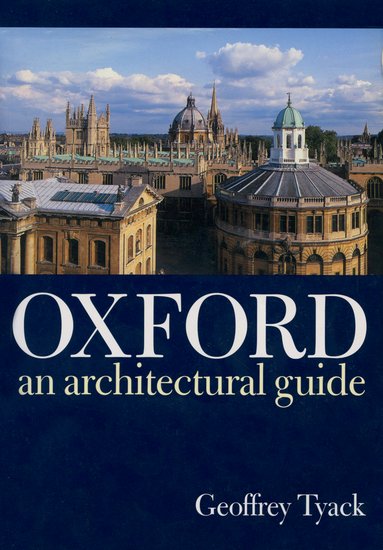 Oxford: An Architectural Guide
Oxford: An Architectural Guideby Geoffrey Tyack
OUP (1998), £16.99, 384 pages
Geoffrey Tyack writes with a fluid style that accesibly conveys a great amount of specific detail of people, places, materials, and more without the reader feeling the least bit overwhelmed. Even the most veteran Oxonophile will gain deeper insight into what buildings were built by (and for) whom, with what money, and how they’ve been adapted over the centuries. A model guide to the architecture of the finest university town in the world.
Search
Instagram: @andcusack
Click here for my Instagram photos.Most Recent Posts
- Burns Tower April 19, 2024
- Patrick in Parliament March 18, 2024
- Articles of Note: 13 March 2024 March 13, 2024
- Cambridge March 9, 2024
- Taken on Trust March 4, 2024
Most Recent Comments
Book Wishlist
Monthly Archives
Categories


